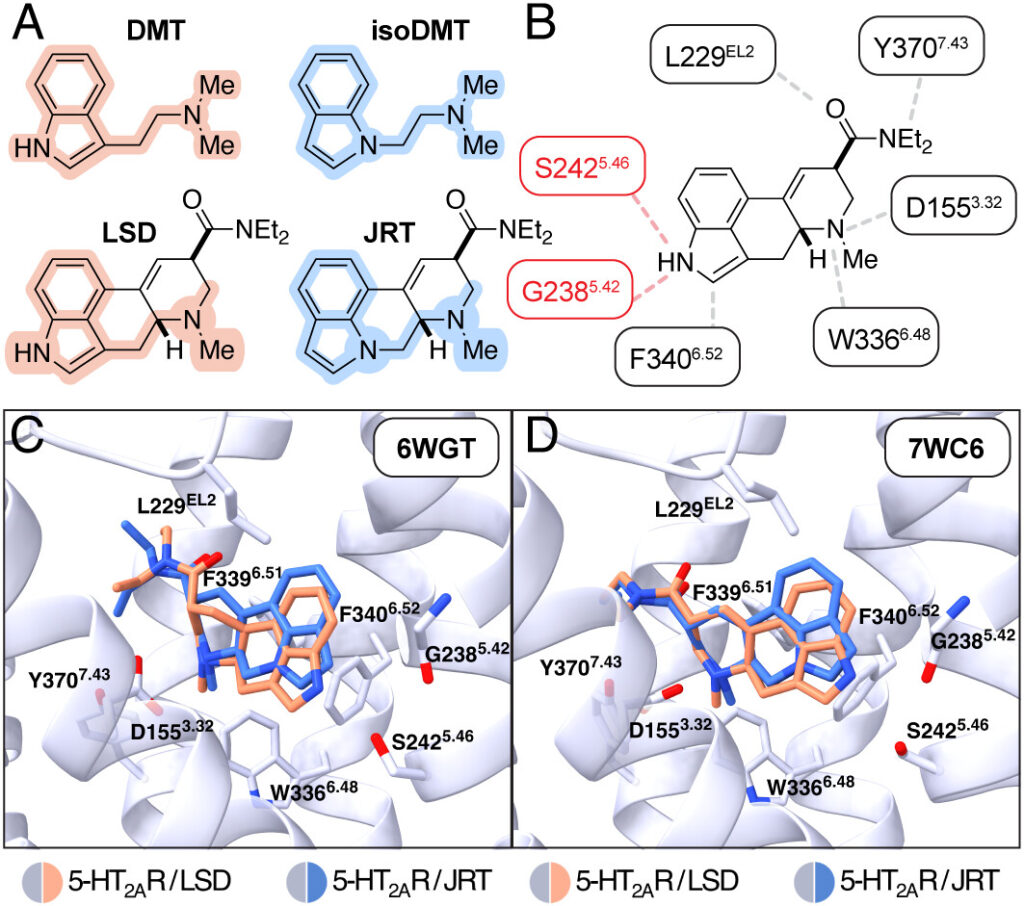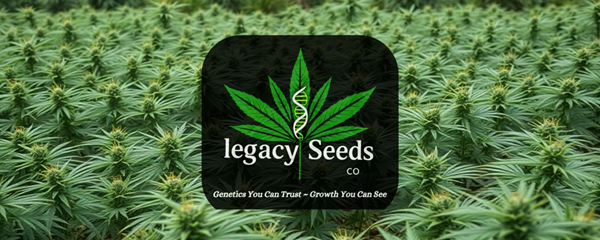A team of chemists at the University of California, Davis has developed a modified version of LSD that may offer the drug’s therapeutic benefits without its mind-altering effects.

The newly created compound, known as JRT, maintains LSD’s ability to stimulate brain cell growth, a promising effect for treating conditions like depression and schizophrenia. But unlike traditional LSD, JRT doesn’t produce hallucinations—even at high doses.
Decreased dendritic spine density in the cortex is a well-established hallmark of psychiatric conditions such as depression, addiction, and schizophrenia. Psychedelics have shown the unique ability to restore this neuronal structure, but they remain off-limits for patients with schizophrenia or a family history of psychosis. JRT was created through the molecular design and de novo total synthesis of a constitutional isomer of LSD, with two atoms rearranged in a way that reduces its hallucinogenic properties while retaining its therapeutic potential.
In lab tests, JRT promoted the growth of dendritic spines—branches of brain cells involved in communication—and increased synapse density in the prefrontal cortex of mice. These effects mirror the brain changes seen with LSD and fast-acting antidepressants like ketamine.
In fact, a single dose of JRT increased dendritic spine density in mice by 46% and boosted synapse count by 18%. But unlike LSD, JRT did not trigger the head-twitch response in mice, a standard indicator of hallucinogenic activity. It also avoided causing hyperactivity, sensory gating impairments, or behaviors associated with psychosis.
The compound’s benefits extended to cognition and stress resilience. In chronically stressed mice, JRT reversed signs of cortical atrophy, restored pleasure-seeking behavior, and improved cognitive flexibility in learning tasks that test adaptability.
Importantly, JRT did not alter the expression of schizophrenia-linked genes in the brain, further supporting its safety in populations traditionally excluded from psychedelic treatment.
Because LSD and similar psychedelics carry significant risks for individuals with psychosis, JRT could provide a safer alternative. The compound avoids dopamine receptors and interacts selectively with serotonin receptors, helping it bypass many of the side effects associated with antipsychotic medications.
The findings—published in the Proceedings of the National Academy of Sciences—highlight the promise of non-hallucinogenic psychoplastogens like JRT for treating psychiatric disorders in patients where classic psychedelics may be unsafe.






